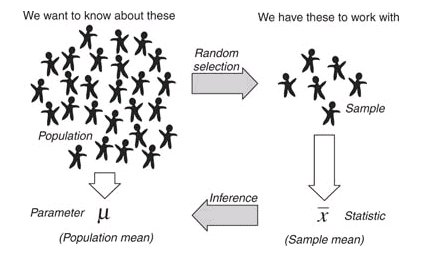Analyzing Text and Sentiment Analysis in R: Amazon Product Review Example

Data analysts don't always have the luxury of having numerical data to analyze. Many times data comes in the form of open text. For example, consumer product reviews or feedback, and comment threads through online merchants or CRM (customer relationship management, e.g. salesforce) portals can all be open text. It's no simple task turning open text into usable information. Word clouds are one way of approaching this task by highlighting superlative terms. There are a number of word cloud libraries in R, my favorite being "wordcloud2". It outputs an html document that allows you to hover over cloud terms to see its frequency. I mention this because word clouds are so common, however, I won't be spending any more time on this post about them. In this post I'll be discussing the following: A very brief discussion about extracting online data using 'rvest'. Basic options for cleaning text data. The polarity function from the qdap package. We live...




